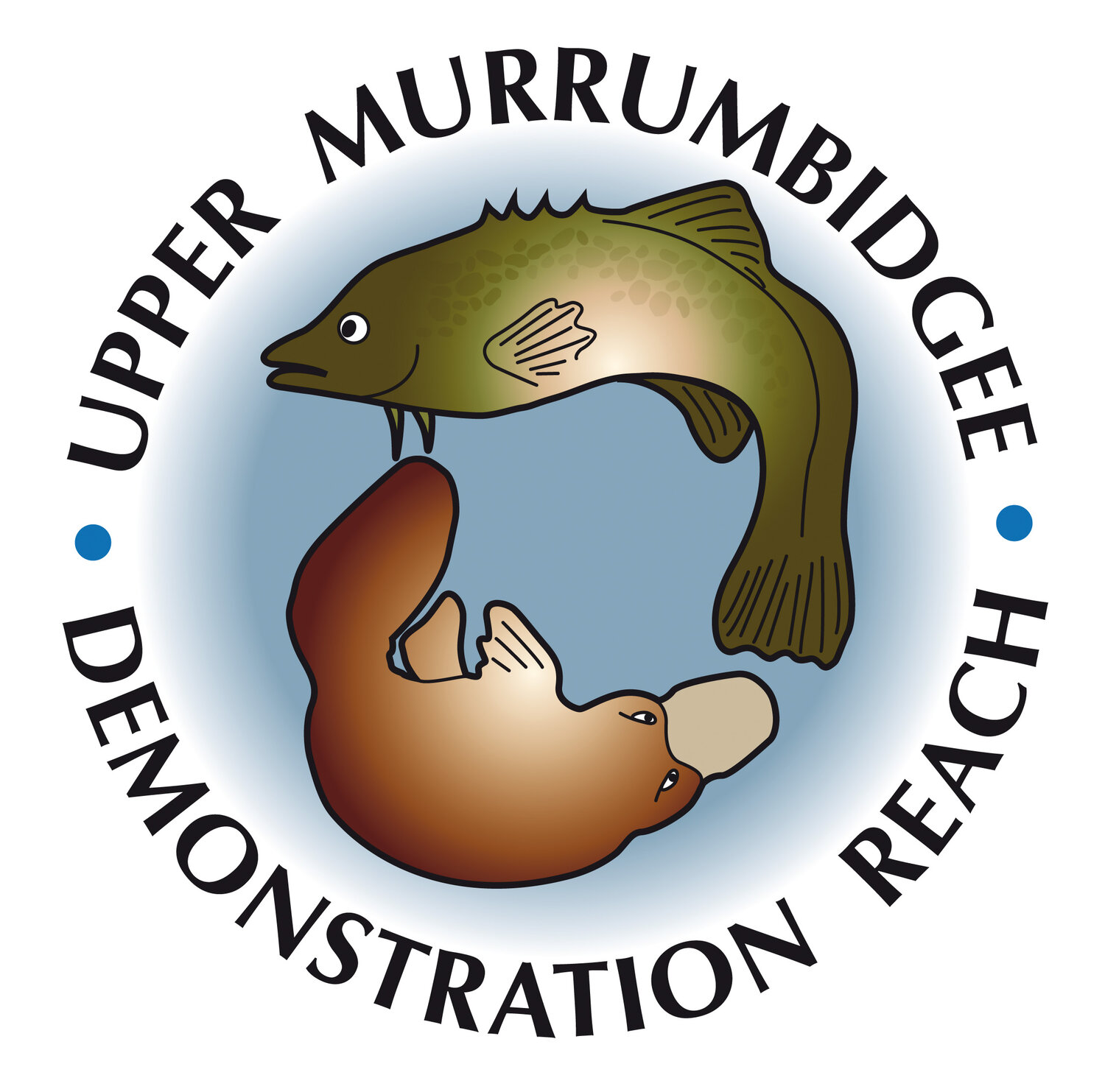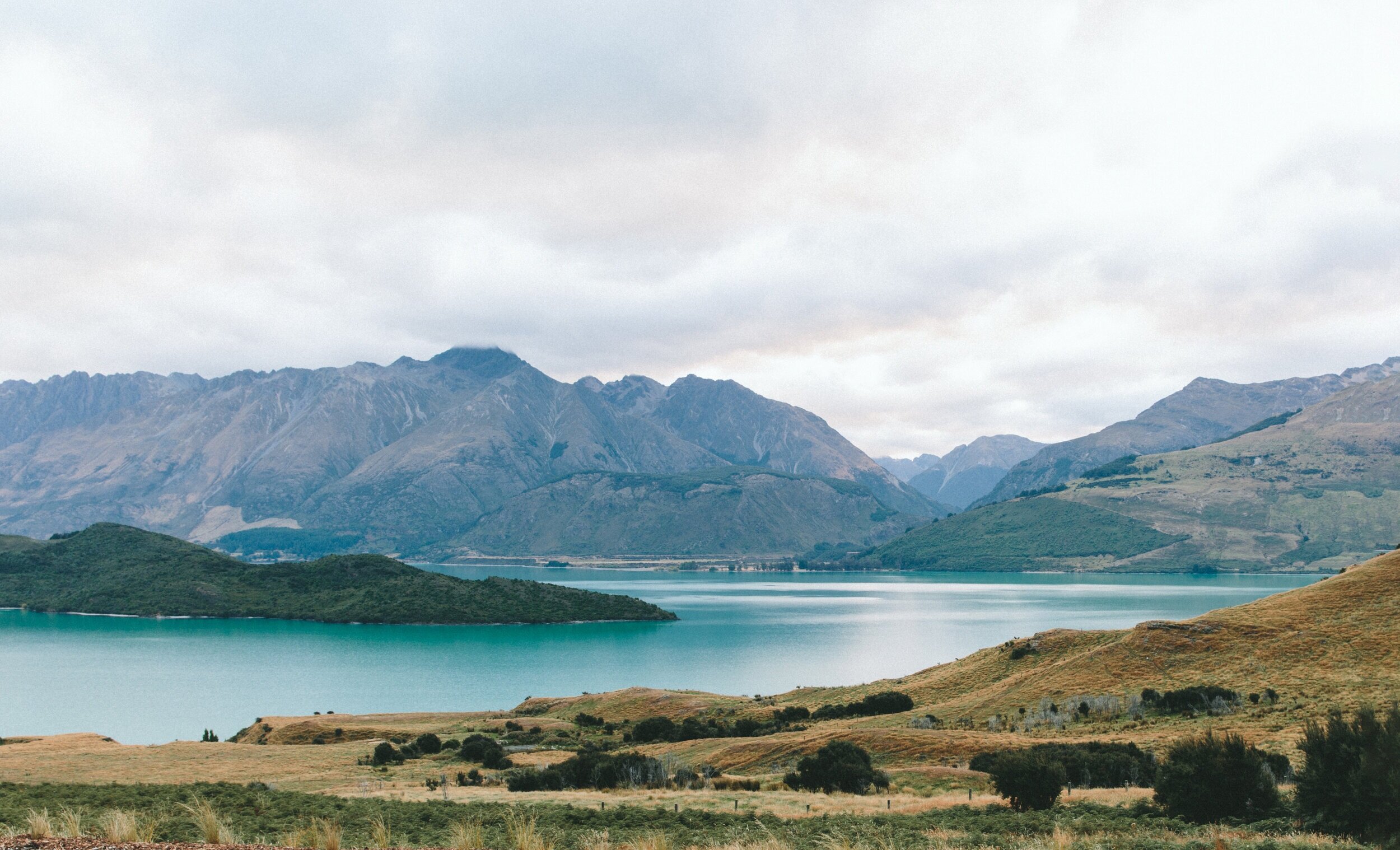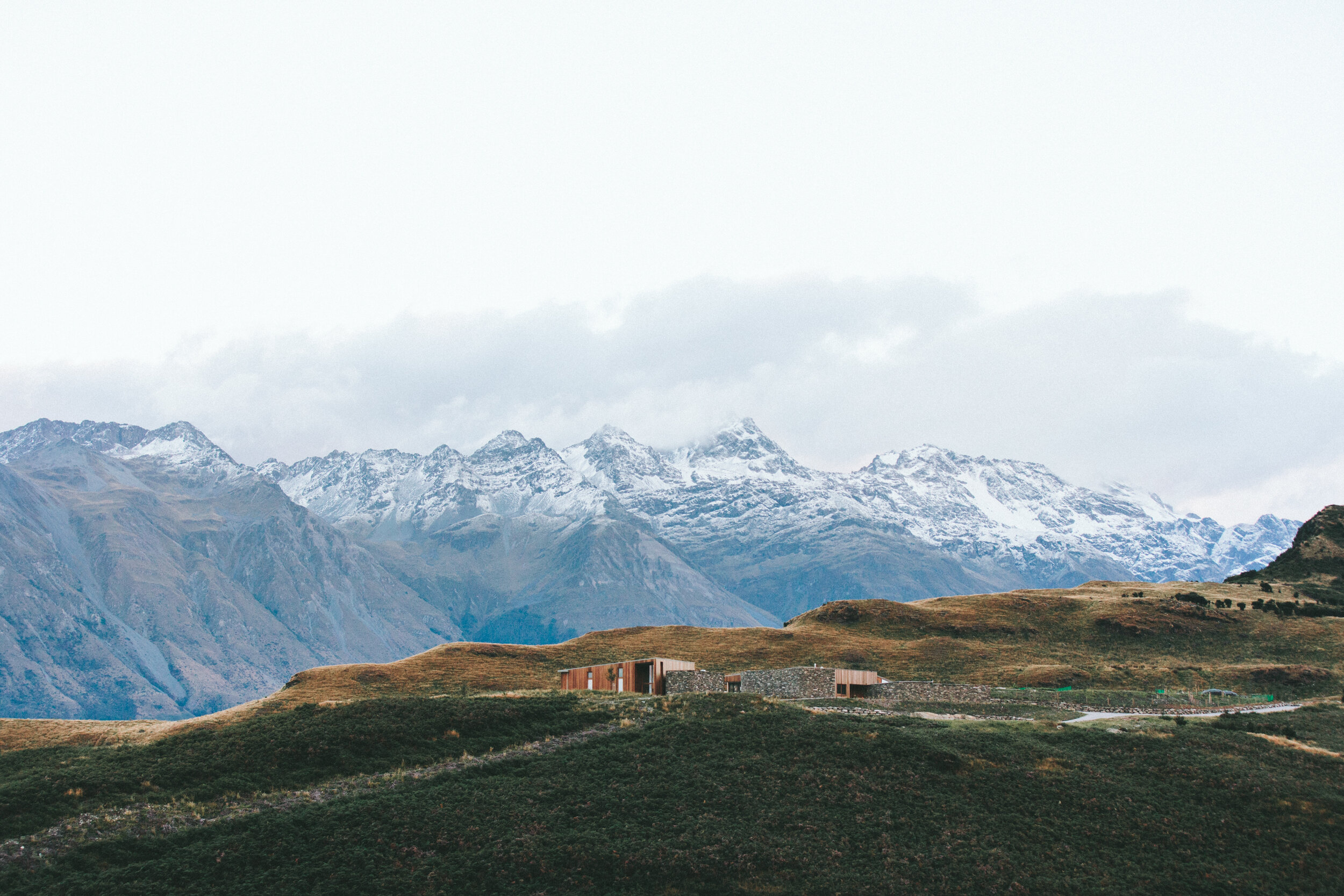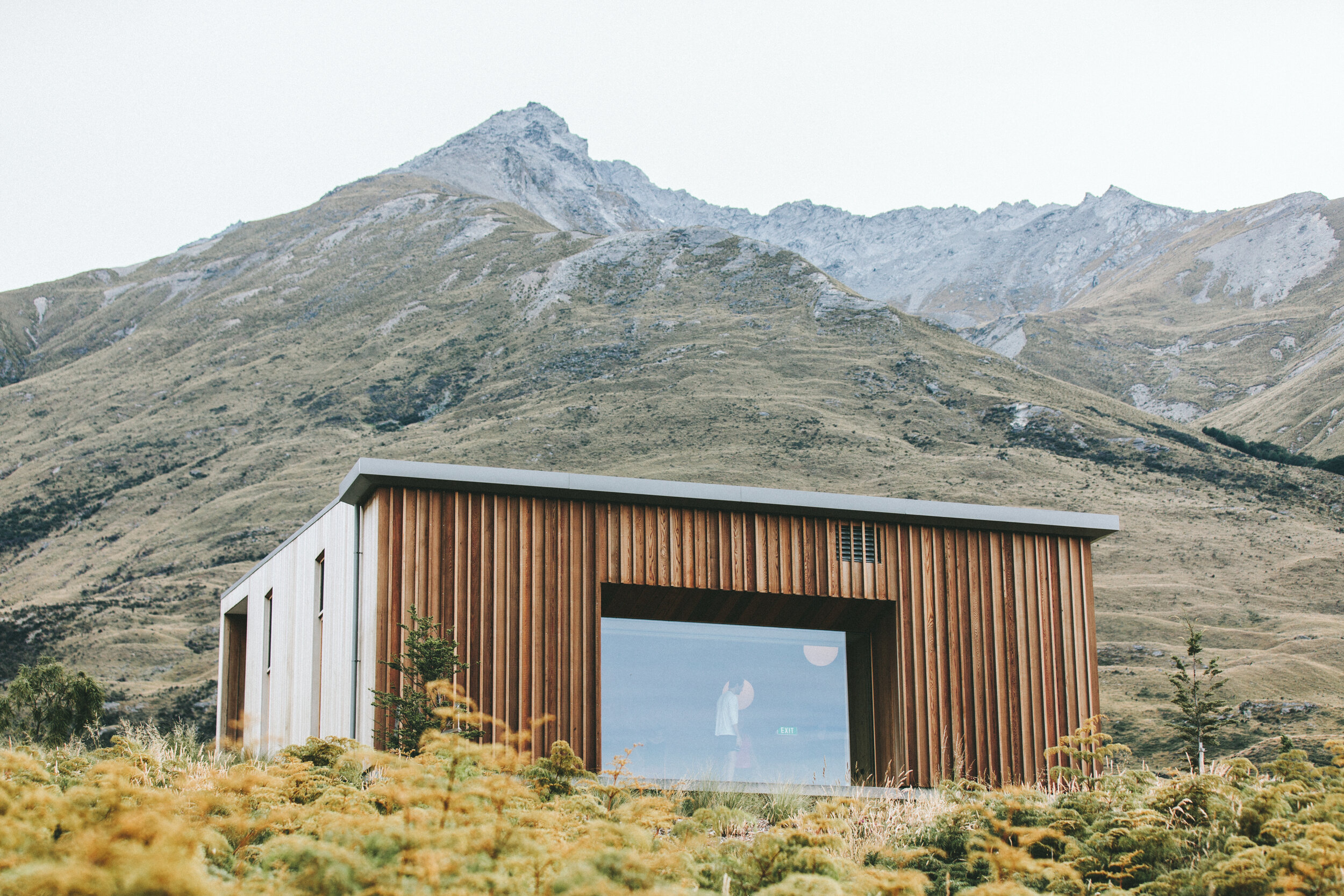Improving instream habitat
Why restoring and connecting habitat is important for the upper Murrumbidgee River
The upper Murrumbidgee River varies greatly along its length, flowing interchangeably through steep sided gorges and broad, open undulating hills and floodplains. The river tends to be in relatively good condition through the gorge sections, whereas shallow sandy stretches where native vegetation has been largely cleared are common through the wider, slower flowing sections. The fact that the upper Murrumbidgee has areas of high quality habitat is the reason why small yet resilient populations of native fish and other aquatic animals such as Platypus still persist in the river.
The gorge sections of the upper Murrumbidgee have great instream habitat and healthy native vegetation along its banks.
In areas where the river is in good condition deep rooted native vegetation is intact- stabilising banks filtering run-off, and providing shade, shelter and the right nutritional inputs which drive aquatic food webs in upland streams. Long rocky cascades aerate the water and there are deep water holes, some up to 12m deep, which are refuges for fish, platypus, Rakali and turtles, especially in times of drought. Stoney riffles are breeding locations for Macquarie perch, while large boulders and snags are preferred by Murray and Trout cod. Native woody debris (snags) provide homes for fish, while instream vegetation (reeds and submerged plants such as water milfoil and ribbon weed) is prime fish nursery habitat. The variability of this habitat along a stretch of river is key with habitat complexity supporting river health and productivity which supports aquatic species.
The ability for species to move between various habitats to complete their lifecycle is vital. A platypus for example has a home range which can be up to 8km long, and it will depend on this whole area to provide shelter, food (its diet is entirely made up of waterbugs) and breeding and nesting sites. Young platypus are adventurous rogues and often spend their youths exploring the river bank and so are very susceptible to predation unless dense native vegetation cover exists. The Rakali (native water rat) is a keen fisherman that drags its catch to a secluded ‘table’ (feeding site) by the river, also relying on native vegetation for protection. A Macquarie perch moves up into the gorge sections in sping, to secret breeding locations, where they lay eggs on stones of riffles so the eggs can be washed over by cool clear waters until tiny larvae hatch and are washed into pools and nursery areas downstream. At other times of year Macquarie perch prefer clear deep shaded pools with snags and rock ledges to rest and hunt for food. Further to this, the upper Murrumbidgee River provides a sheltered corridor in a landscape which experiences an alpine like climate, on which terrestrial species including frogs, birds, mammals and even butterflies also rely for shelter and movement.
As such connectivity between all the different habitats is really important, with shallow sandy stretches acting as barriers to movement either physically, due to warm temperatures, and or lack of food resources/shelter from predators. Protecting and increasing connectivity between high quality habitat areas, is an important part of improving ecological condition and river health to support the recovery of aquatic species which rely on the river. Our approach is to protect high quality areas first and work out from there to enhance and connect habitat areas that are critical for the recovery of our target species and communities.
Read about our projects which are helping to improve instream habitat along the upper Murrumbidgee….
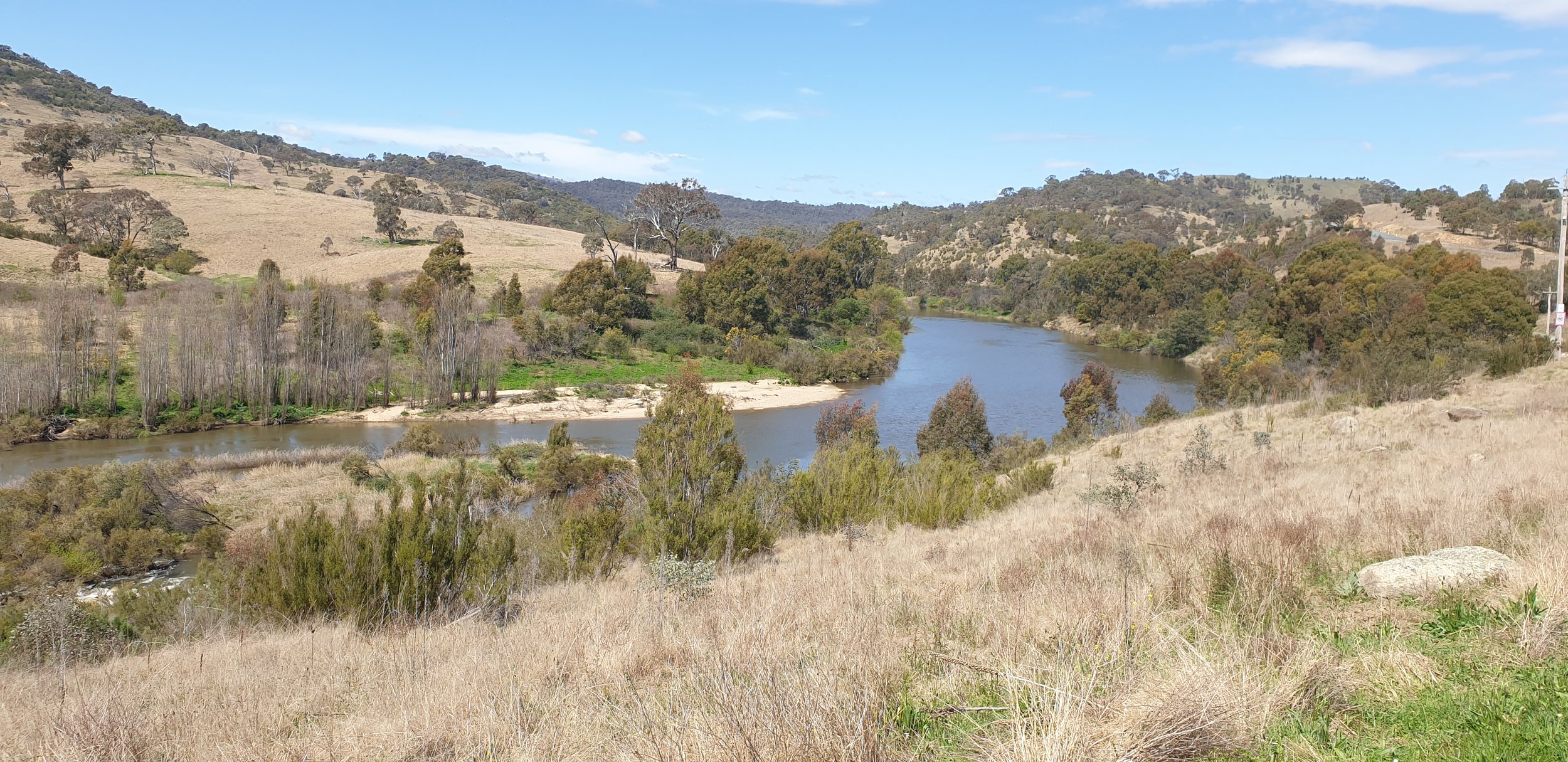
Healthy Rivers Grant
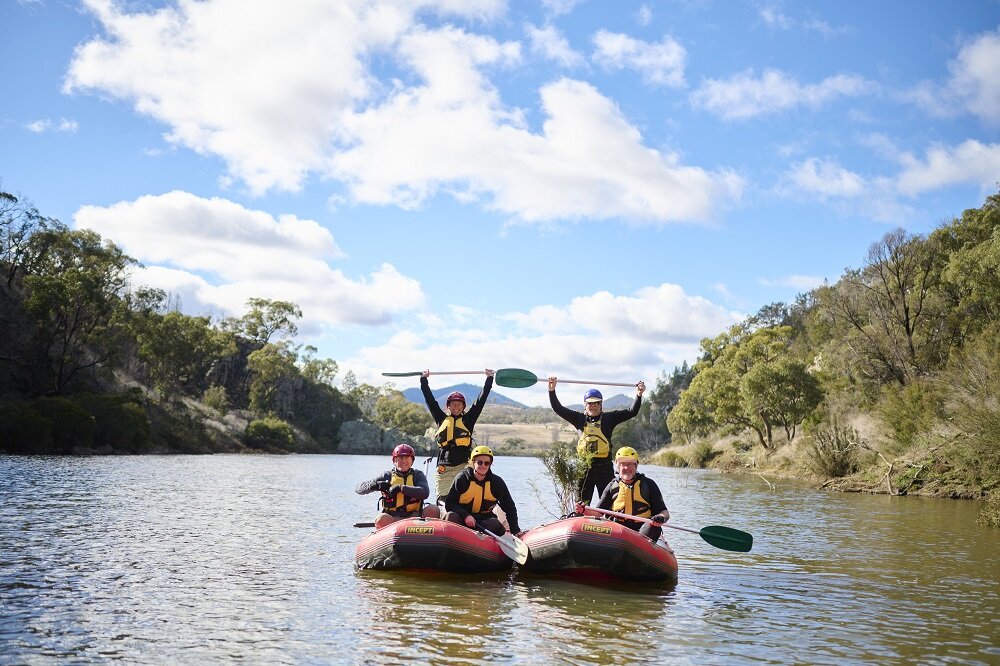
Upper Murrumbidgee Recovery Reach

Homes for cod
